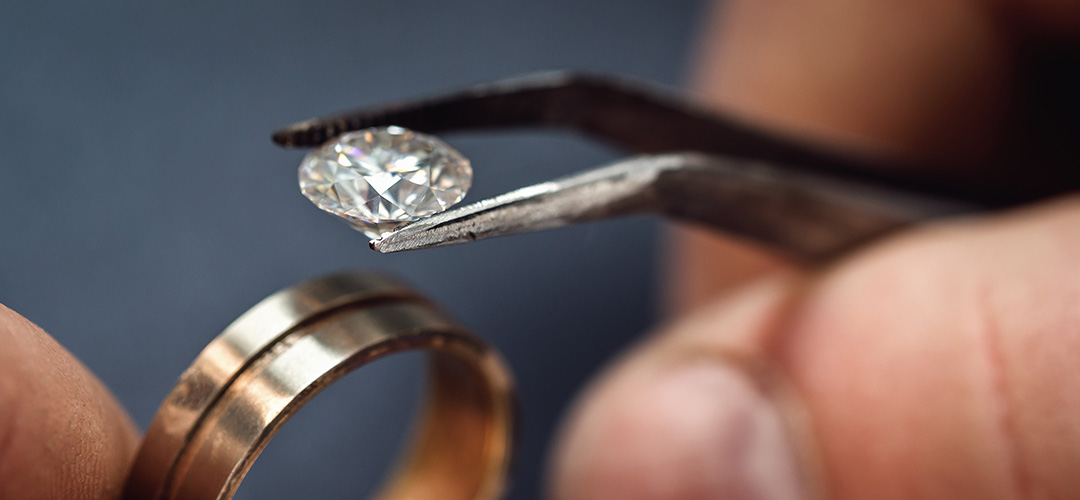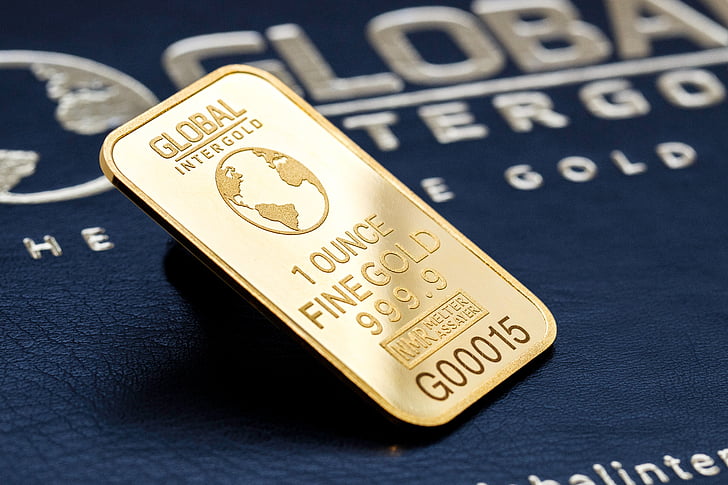The pursuit of gold has been going on for hundreds if not thousands of years. Envisioned as a token of riches, which could translate into power and luxury, gold’s rarity along with its physical and chemical characteristics deemed it valuable on the market. Moreover, the alchemists of yesteryears were attempting to forge gold out of random compounds, although the mission was unsuccessful. Today’s question is, whether or not we have developed any scientific method how to generate extra gold.
The foundation of Gold Science
Chemically, gold is a periodic table element with the symbol “Au” and atomic number 79. Gold stands out fundamentally because of its properties of conductivity, malleability, and resistance to corrosion. It is also unique because of its rare pure yellow hue . Gold’s atomic structure, specifically the 79 protons, contributes to its overall stability and reaction manner.
Artificial gold
Artificial gold can be referred to as the process of making gold rather than extracting it from natural ore. Artificial gold processing has been a popular discussion for enthusiasts and scientists in general. The discovery of artificial gold would have a far-reaching and widespread impact of reducing the demand for mining as a natural resource would no longer be as scarce.
Methods of Creating Gold
One of the methods to produce gold is nuclear transmutation, a process in which one element is changed into another through nuclear reactions . This involves adjusting the number of protons in the target element’s nuclei to transfer the celestial body into a new body . In the case of creating gold, it refers to transforming surrounding nuclei to allow the accelerator to strike the nuclei of lead or mercury .
Possible methods for nuclear transmutation are neutron capture where a neutron unites with the nucleus of an element and particle generators capable of initiating nuclear reactions using high-energy particles . Both methods have already shown their efficacy on a small scale, but they consume enormous energy and resources .
Current Progress in Gold Creation
To date, scientists have achieved some success in creating gold artificially, but mostly “in laboratory conditions” . For example, with the help of a special accelerator, they obtained gold from bismuth by transmutation . However, such a process is very expensive in terms of production, that is, it is impossible to produce large amounts of gold in this way. The primary “constraint” is the “price” of artificial creation and the “feasibility” of this process.
Thus, the cost of electricity used for initiating nuclear reactions and the shipment of an expensive particle accelerator spends disproportionately more funds than the cost of the metal obtained in the endocrin . The “time,” in this case, is money for the operation of such an expensive installation. Moreover, “the amount of gold” obtained by transmutation of one link is “negligible” in the AL.
Challenges and Limitations.
There are also several challenges related to creating artificial gold. From a technical point of view, shaping artificial gold demands the control of nuclear reactions, and also it requires a vast amount of energy . Economically, producing gold artificially costs more than the market value of the metal. Also, one of the essential flaws of artificial gold creation is the environmental risks of nuclear reactions and the potential misuse of such technology, such as the creation of nuclear weapons, for instance.
Future Prospects.
Meanwhile, the process of creating artificial gold is rather promising. New results in nuclear physics and materials science may lead to partial solution of the issue. In the future, these sciences could develop methods to produce gold in a more efficient and environmentally friendly way . When this is successful, the price of gold worldwide could reduce, and the metal itself would be more accessible to people.
Conclusion
Conclusively, the chase for artificial gold is a deliciously curious point of convergence of science and craving. It is possible to do it on a tremendous scale yet any change in expanding on this front could definitely affect on how we know and utilize gold further down the road. The manner in which innovation and multiple others are still in headways, the fantasy of creating more artificially could soon materialize one day.
FAQs
Can we produce artificial gold cheaply?
Creating artificial gold is currently extremely expensive due to the amount of raw materials and energy it consumes. However, future technological breakthroughs could lower costs significantly.
What is the difference between artificial and natural gold?
In theory, there would be no difference between artificial and natural gold — their chemical composition and atomic structure would be identical. Manufacturing processes differ, however.
How could artificial gold affect the global economy?
If artificial gold significantly reduces the cost of gold production, it could plummet prices and devalue gold assets. Some countries and industries, particularly mining, would sustain heavy losses.



Leave a Comment